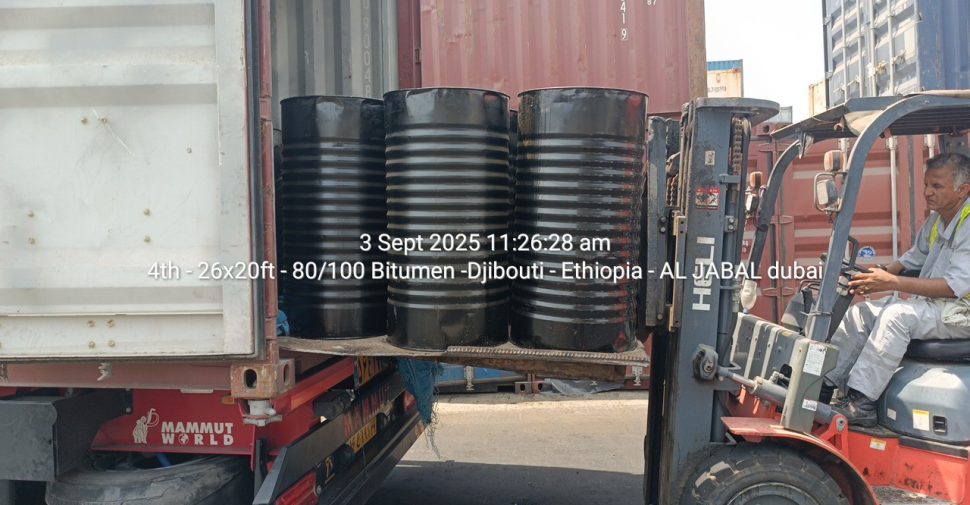

Introduction to Bitumen 60/70 Equivalent
Bitumen 60/70 is one of the most widely used penetration grades in road construction. But if you’ve ever worked across countries, you know standards vary—what one country calls 60/70 might have a different name somewhere else. That’s where the concept of “equivalent” comes into play.
Understanding the equivalents ensures smooth project execution, avoids technical mismatches, and helps buyers and sellers communicate in the same language.
Technical Properties of Bitumen 60/70
Penetration Grade System Explained
Bitumen 60/70 refers to the penetration value, meaning a standard needle penetrates between 60 and 70 tenths of a millimeter at 25°C. This indicates its hardness and makes it ideal for moderate climates.
Softening Point and Viscosity
The softening point generally falls between 48°C and 56°C. Its viscosity ensures that the material performs well under traffic stress without becoming too brittle or too soft.
Performance Characteristics in Roads
- Excellent durability
- Good resistance to rutting
- Balance between flexibility and stiffness
Global Equivalents of Bitumen 60/70
Equivalent Grades in ASTM (USA)
In American standards, Bitumen 60/70 often corresponds to Penetration Grade 85/100.
Equivalent Grades in EN (Europe)
In European standards, it is close to EN 12591 paving grade 50/70.
Equivalent Grades in Indian Standards (IS)
India recognizes Bitumen 60/70 directly under IS 73:2013 as a paving grade.
Equivalent Grades in Middle Eastern Standards
In Gulf countries, it is often aligned with VG-30 (Viscosity Grade), which matches the performance properties of 60/70.
Bitumen 60/70 vs. Other Common Grades
Comparison with Bitumen 80/100
- Softer than 60/70
- Suitable for colder climates
- Less resistant to heavy traffic
Comparison with Bitumen 40/50
- Harder and stiffer
- Best for very hot climates
- Offers higher rutting resistance
Key Differences in Performance
The choice depends on climate, load conditions, and expected traffic. 60/70 remains the versatile middle ground.
Applications of Bitumen 60/70
Road Construction and Paving
Most highways and city roads worldwide prefer 60/70 for its balance of durability and cost.
Airport Runways and Heavy Traffic Roads
Its strength makes it ideal for runways, container yards, and busy intersections.
Industrial and Waterproofing Uses
Also used in roofing, waterproofing membranes, and other industrial products.
Market Perspective
Countries That Prefer Bitumen 60/70
- India
- Middle Eastern nations
- Southeast Asia (Malaysia, Indonesia, Vietnam)
- Parts of Africa
Price Variations Across Regions
The price can vary by $100–$200 per ton depending on crude oil prices, shipping routes, and demand.
Demand Trends in 2025 and Beyond
With rapid urbanization, 60/70 will continue dominating markets where tropical and moderate climates prevail.
Choosing the Right Equivalent
Factors to Consider
- Climate: Hotter regions may opt for harder grades.
- Load: Heavy trucks demand stronger binders.
- Cost: Availability and transport influence prices.
Recommendations from Experts
Engineers recommend verifying both penetration and viscosity before substituting equivalents.
Risks of Using Wrong Equivalent
Using the wrong grade can cause premature cracking, rutting, and higher maintenance costs.
Conclusion
Bitumen 60/70 is not just a grade—it’s a global benchmark for balanced performance. Understanding its equivalents across regions allows contractors, traders, and engineers to make informed choices, ensuring roads last longer and investments deliver real value.
FAQs
1. What is the US equivalent of Bitumen 60/70?
It’s commonly matched with ASTM penetration grade 85/100.
2. Can Bitumen 80/100 replace Bitumen 60/70?
Only in colder regions. For heavy traffic or hot climates, 60/70 is more reliable.
3. Why do different countries use different grades?
Because climate, standards, and testing methods vary across regions.
4. Is Bitumen 60/70 suitable for hot climates?
Yes, but in extremely hot climates, 40/50 may perform better.
5. Where can I buy Bitumen 60/70 internationally?
Major suppliers include companies in the Middle East, India, and Southeast Asia.
